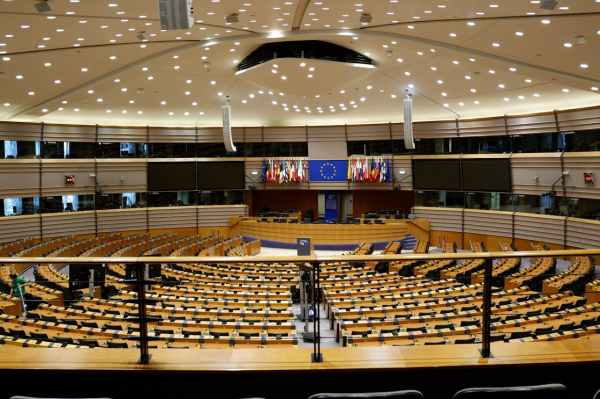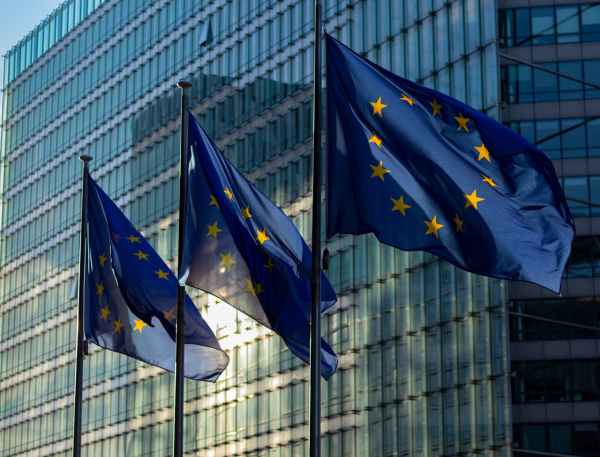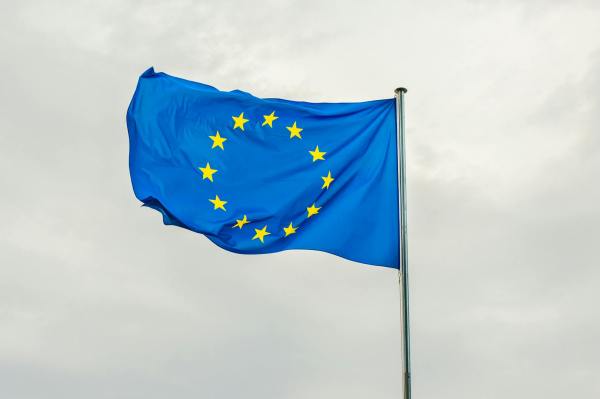A symbiotic relationship that has become imbalanced
Since the launch of the Internet, telecommunications operators, and content and application providers (CAPs) have maintained a symbiotic relationship. The providers benefit from the infrastructure deployed by operators to deliver their services, and operators benefit from the services and content delivered by content providers that encourage more users to connect to the Internet. This is very much accepted in the digital environments in which we operate, and nothing in the Fair Share debate disputes this.
The conversations around Fair Share are needed because the traditional symbiotic relationship has become imbalanced in recent years. The sustainability of the digital ecosystem is being brought into question, as telecoms operators are failing to make a return on investment in the deployed networks.
Why the investment from CAPs is not reducing Europe’s €174bn network investment deficit
Telecom operators recognize the contribution made by CAPs through their investment in content and services.
This investment has extended in recent years to transit infrastructure, such as submarine cables. It is worth highlighting that five major CAPs deliver more than 55% of the Internet traffic across the networks. They are subsequently investing in international transit telecommunication networks, as it is economically logical for them to seek vertical integration to reduce the costs of international traffic transport. They have exceeded the traffic thresholds that make it more profitable for them to deploy their own international infrastructure than to rent it from third parties.
This is an accelerating trend with the international transit market seeing a growing presence of hyperscalers, that channel international transit traffic through cloud infrastructures. This again plays to the economic logic for large CAPs but does not affect the problem and investment gap that Fair Share would help to solve.
Our focus as operators is on the traffic transport service we provide in the national networks, in core, backhaul and access, not in the international transit networks.
Content providers have also invested in content delivery network infrastructures (CDNs) by creating their own networks to optimize content distribution, especially of video content. In addition to the network investment from operators, this has contributed to the explosion of video content. These infrastructures are key to reducing international traffic and improving the user experience by bringing content closer to users in each country, thus reducing latency.
However, this is another example of an investment which has no impact on the investment needs in national networks and little to do with the Fair Share claim. The number of CDN nodes in each country is rarely more than 1, which means that it has minimal impact on the traffic in each country that must reach each user of these services. Therefore, it is no substitute for the operators’ investments in the national networks.
The CAPs´ investment in telecom infrastructure has no significant contribution to the critical areas of capacity and coverage in telecoms operator telecom operators’ network investment plans. The European Commission currently estimates an investment deficit of €174bn and currently the CAPs investments in their own networks are not helping reduce this deficit.
Traffic levels will keep increasing as new content streams are introduced
In the past ten years, traffic in both fixed and mobile networks has been increasing by 30% annually, despite the use of improved compression algorithms and services. Data from Telefónica Spain and Telefónica Germany in the European Union shows a continued growth in traffic demand, with bandwidth requirements increasing by more than 30% CAGR over the 2017-2022 period.
All forecasts point to this trend not changing and may even accelerating with the introduction of new types of content. Credit Suisse estimates that the current average consumption of standard definition video is 1 Mbps and gaming video is less than 1 Mbps. The bank predicts that 4K video will reach 25 Mbps, augmented reality will reach 50 Mbps, virtual reality more than 200 Mbps and holograms 300 Mbps. The same report predicts a 37% increase in CAGR growth.
Telefónica expects traffic demand to remain at 30% annual growth until 2030, and consumption per user to grow in the range of 20-25% on fixed and mobile networks due to increased data intensity of services/applications.
Video along with social networking and gaming already accounts for more than 70% of Internet traffic. It will continue to be the main driver of demand, as video resolution increases from SD to HD, 4K and 8K, and consumption grows from HD live sports and social networking. An increase in household usage time for data-intensive services, such as immersive Metaverse services, could double traffic growth.
The next generation of digital services, such as the metaverse, Web3, or autonomous cars will bring challenges. Attemps to negate the impact of such new technologies along with the connectivity needs of European citizens may slow down decision-making on the urgently needed Fair Share solution. Europe should stay firm in its clear commitment to a Gigabit society.
Understanding how traffic growth impacts the cost of fixed and mobile networks
The European telecommunications sector, and Telefónica, has a strong track record of network investment. In 2021 alone, according to ETNO, EU telecoms companies invested €56.3 billion. EU telecoms would need to increase their ongoing investments by 50% from 2023-2030 to close the investment deficit of €174bn. This would mean setting aside 25% of revenues to network investment.
Telefónica’s network investment is primarily driven by increasing traffic demand across both fixed line and mobile, with each network requiring a capacity and technology upgrade every three to 10-15 years to cope with increasing traffic demand.
Approximately one-third of investments in fixed networks and about two-thirds of investments in mobile networks are due to traffic growth.
Spectrum is an expensive and scarce resource. The increase in traffic on mobile access networks translates directly into higher costs due to the additional need to acquire new spectrum bands. Although some services may be introduced in fixed environments, the reality is that users expect that all of them can also be used in mobility. To deny this reality would be to deny the evidence of user behavior over the past 15 years. Certainly, the increase in demand for spectrum, through the acquisition of new bands, has been subject to the evolution of traffic demand, and the evolution from 3G to 4G and 5G, while increasing efficiency and quality of service, has occurred to meet the increased demand for capacity.
Since the replacement cycle and technological evolution of fixed access networks and network equipment is longer, this could give the false impression that they are not traffic sensitive. The evolution of equipment from ADSL to FTTH/GPON and XGSPON is the industry’s response to the growth in traffic demand. Without traffic growth, this network evolution and investment would not have taken place or would have taken place over a much longer timeframe, reducing investment requirements by at least a third. Costs and investment requirements, in transport networks and fixed networks occur in steps. Once a certain capacity is exceeded, operators are forced to expand capacity, upgrade to a new technology or to deploy a new generation of access networks to cope with this increase in traffic. This is the case of upgrading to fiber in access, or of the multiple upgrades that operators must face in transport to accommodate traffic increases. If the traffic in one step of the investment can be accommodated with the existing capacity, no additional investment is required, but this does not eliminate the need for an extraordinary investment when a new upgrade to the next step is required. The investment still to be made in fiber networks in all European countries remains an extraordinary challenge.
Fair Share aims to rebalance an important relationship
European telecoms operators recognize the contribution of CAPs to the internet ecosystem. However, it is important that CAPs fully recognize the symbiotic relationship between telecom operators and content providers and acknowledging that the current relationship has become imbalanced.
A Fair Share solution seeks to restore the balance, by ensuring a contribution from Large Traffic Originators to allow for the continuous investments in the networks from which their businesses greatly benefit. This will allow a faster roll-out of top-quality networks and it will also strengthen the sustainability of network investments by addressing the increased traffic demand from Large Traffic Originators for the benefit of EU citizens.









